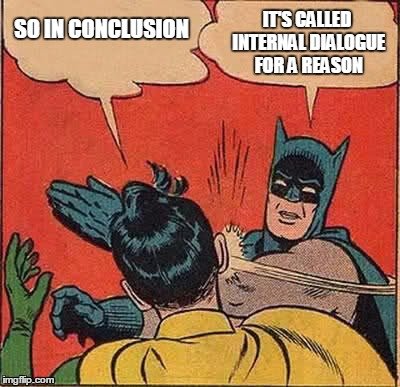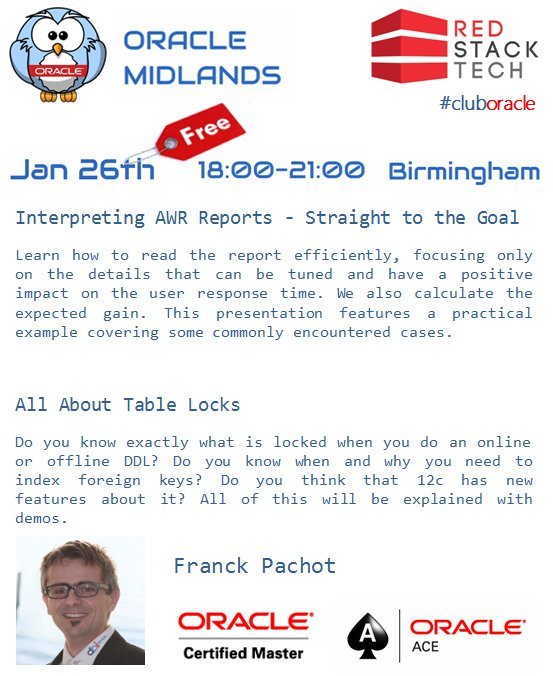The latest video on my YouTube Channel is a run through of using the Database as a Service (DBaaS) offering on Oracle Cloud.
There have been a few minor changes in the interface since I last ran through capturing images, so the related article has been brought up to date.
I used my dad for the cameo in this video. Hopefully this will help him get a little more recognition, as he’s pretty much a nobody on the Oracle scene at the moment. With your help this could change!
Cheers
Tim…
Update: Almost as soon as I released this blog post the footage was out of date as Oracle released some minor changes to the interface. I rerecorded the video and re-uploaded it, so it is up to date as of now. All links from my website and this blog post point to the new video. If you have read this post via an RSS reader, you may still be seeing the old version of the post, and as a result see the link to the video as broken. But in that case, you won’t be able to read this either. 🙂
 When I wrote about
When I wrote about  OK. So the original quote from
OK. So the original quote from 
 I was reading this article about UK government in-sourcing all the work they previously outsourced.
I was reading this article about UK government in-sourcing all the work they previously outsourced. MobaXterm 8.6 has just been released. The downloads and changelog can be found
MobaXterm 8.6 has just been released. The downloads and changelog can be found 